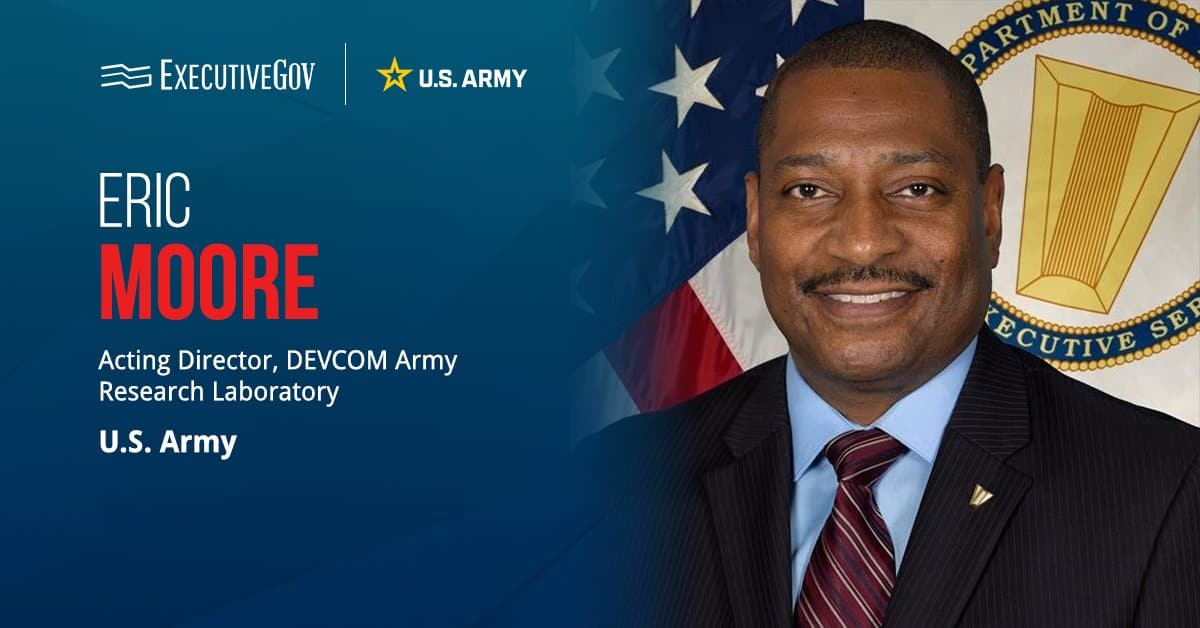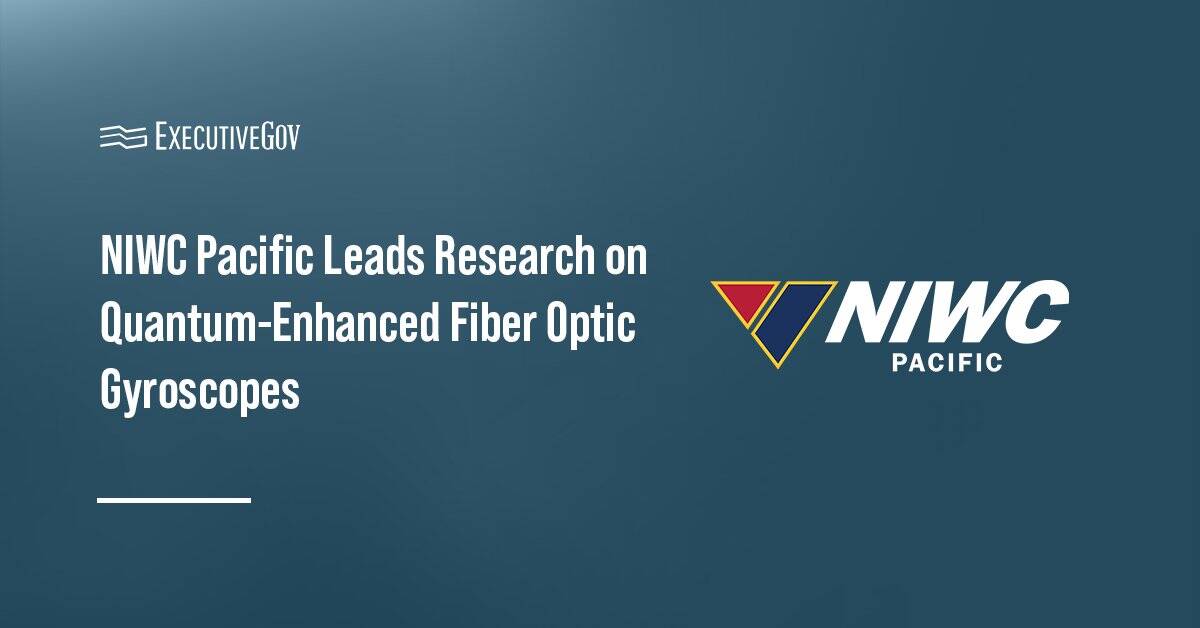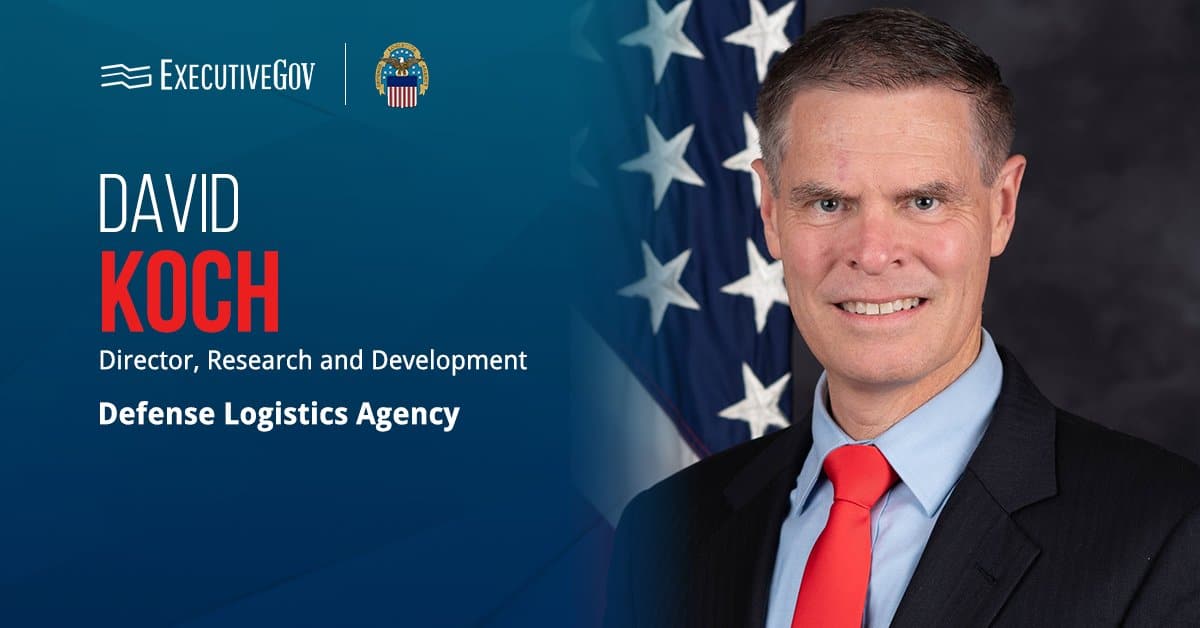 Lt. Gen. Stephen Fogarty, commanding general of the U.S. Army Cyber Command, participated in a discussion with Army Materiel Command leaders last week to discuss cybersecurity of the Defense Department‘s information network, DVIDSÂ reported Friday.
Lt. Gen. Stephen Fogarty, commanding general of the U.S. Army Cyber Command, participated in a discussion with Army Materiel Command leaders last week to discuss cybersecurity of the Defense Department‘s information network, DVIDSÂ reported Friday.Fogarty said at the meeting that ARCYBER aims to help secure the DoD information network, craft defensive and offensive strategies and deploy multiple tools in cyberspace.
“Our bread and butter is to operate and defend system networks,†he added.
Daniel Bradford, chief information officer of the Army Materiel Command’s G-2/G-6 sections, said the talks offered an opportunity for the organization to communicate its cyber and mission assurance requirements.
“Our discussions with the ARCYBER team highlighted the importance, dependencies and complexity of the joint network,” Bradford added.





